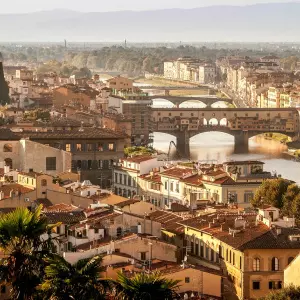Arena je prvi puta kandidirana 1996. godine i ICOMOS (stručno savjetodavno tijelo UNSCO-a) je tada naveo kako je amfiteatar izuzetan i dobro očuvan primjer velike rimske javne građevine te da je ukupna razina autentičnosti nepobitna, odnosno da je, usprkos zahvatima u 19. i početkom 20. stoljeća koji nisu izvedeni u skladu s današnjim konzervatorskim načelima, najveći dio cjelokupne strukture izvorne rimske izrade.
ICOMOS je nadalje ustvrdio visoku razinu očuvanosti i cjelovitosti Arene, ali se suzdržao od konačne ocjene te je preporučio da se odlučivanje o uvrštenju na Popis svjetske baštine odgodi dok se ne dovrši izrada komparativne studije rimskih amfiteatara.
Kandidatura je stoga ponovljena 1999. pod nazivom 'Antička Pula s amfiteatrom'. Ovaj je put uključila, osim amfiteatra, i ostale dijelove antičke pulske baštine - Augustov hram, Slavoluk Sergijevaca, Dvojna vrata, Malo rimsko kazalište te ranokršćanske crkve iz 4. i 5. stoljeća.
ICOMOS je u međuvremenu izradio komparativnu studiju nekoliko amfiteatara i kazališta već upisanih na Popis svjetske baštine i ocijenio da pulski amfiteatar ne zadovoljava kriterije izuzetne univerzalne vrijednosti. Stoga je predložio da se kandidirano kulturno dobro ne uvrsti na popis.









